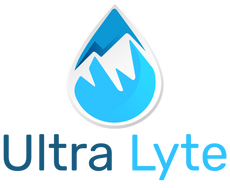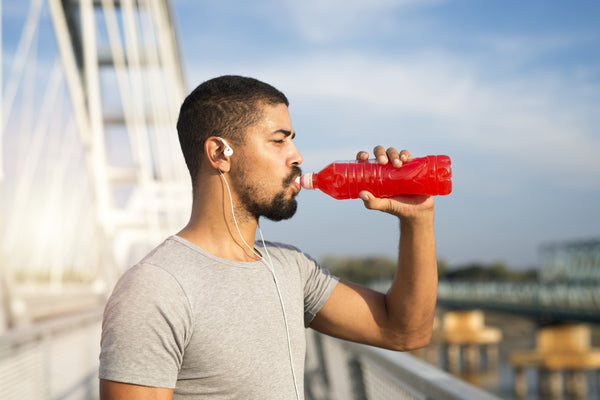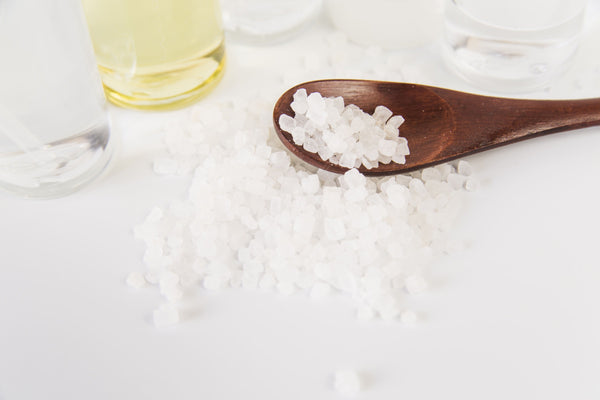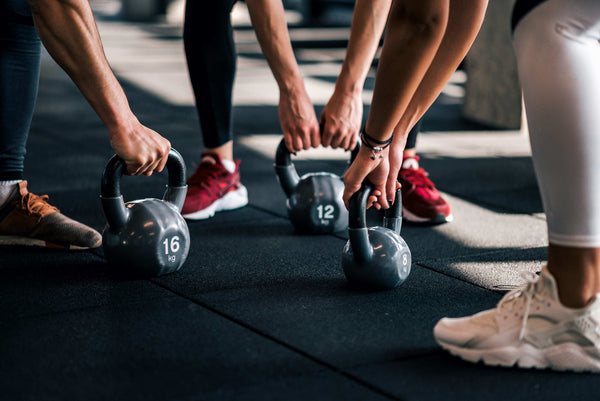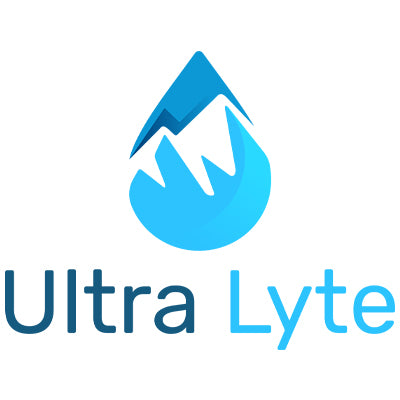
Sodium – Enemy or Ally? The Whole Truth About Salt and Hydration

Over the past decades, sodium — the main component of table salt — has been labeled a public health enemy. Linked to high blood pressure and cardiovascular disease, it has long been removed from diets, with strict limits placed on its consumption. However, as our understanding of human physiology and electrolyte balance has grown, this narrative is starting to shift.
Is sodium really harmful? Or could it be an ally — especially when it comes to physical activity, hydration, and electrolyte balance? In this article, we explore the scientific evidence and uncover the essential role sodium plays in the human body, as well as how to use it wisely.
What Is Sodium and Why Is It Important?
Sodium is an essential mineral and one of the most important electrolytes in the human body. It plays a critical role in fluid and electrolyte balance, nerve transmission, and muscle contraction — including the heart muscle.
About 40% of the body’s sodium is found in extracellular fluid, where it helps maintain proper osmotic pressure and blood volume. Without adequate sodium, proper cellular hydration, nerve impulse transmission, and muscle coordination would not be possible.
Sodium’s Role in Hydration
Water alone is not enough. For hydration to be effective, electrolytes — especially sodium — must also be present. Sodium helps the body retain water and facilitates its transport into tissues. Drinking large amounts of water without replenishing sodium can lead to hyponatremia, a condition where blood sodium levels fall too low. Symptoms may include fatigue, headaches, confusion, and in severe cases, loss of consciousness.
Studies show that adding sodium to hydration drinks (particularly after intense exercise or during hot weather) enhances rehydration and improves physical performance (Sawka et al., 2007).
Is Sodium Dangerous to Health?
The health effects of sodium are more nuanced than they seem. While excessive intake (e.g., >5 g sodium per day = >12.5 g of salt) is associated with increased blood pressure and cardiovascular risk, very low sodium intake (<2 g/day) is also linked to higher mortality rates, according to recent studies (O’Donnell et al., 2014).
The World Health Organization (WHO) recommends limiting salt intake to no more than 5 g per day, but this guidance often fails to consider individual factors such as:
-
physical activity level,
-
environmental temperature and sweat loss,
-
intake of other electrolytes like potassium and magnesium.
Sodium and Physical Activity
During physical exertion, the body loses significant amounts of sodium through sweat — up to 3–5 g per hour in intense activity and high heat. In such cases, sodium supplementation is not just beneficial, it’s essential.
Failure to replenish sodium after exercise can lead to:
-
fatigue,
-
muscle cramps,
-
dizziness,
-
reduced recovery and performance.
This is why athletes often turn to isotonic drinks or electrolyte drops that contain not only sodium but also potassium, magnesium, and calcium. Research confirms that maintaining sodium balance supports both physical and mental performance, especially in hot environments (Kenefick et al., 2015).
Does Everyone Need Sodium Supplementation?
Not everyone — but many people unknowingly suffer from mild sodium deficiencies, particularly:
-
physically active individuals,
-
people working in hot environments (e.g., construction workers, chefs),
-
those on restrictive diets (e.g., low-sodium or ketogenic diets),
-
people who drink large amounts of water without electrolytes.
If you experience symptoms like fatigue, headaches, muscle cramps, dry mouth, or dizziness, your body might be telling you it needs more sodium and other electrolytes.
How to Maintain Healthy Sodium Levels
-
Don’t eliminate salt completely, but choose healthier sources — such as Himalayan or sea salt, or products with added natural electrolytes.
-
Choose electrolyte drinks that contain sodium, especially after exercise, saunas, heat exposure, or gastrointestinal illness.
-
Avoid highly processed foods, which often contain hidden, low-quality sodium sources.
-
Listen to your body’s signals, especially if you’re active or prone to heavy sweating.
Sources:
1. O’Donnell MJ, et al. (2014). Urinary Sodium and Potassium Excretion, Mortality, and Cardiovascular Events. N Engl J Med.
2. Sawka MN, et al. (2007). American College of Sports Medicine position stand. Exercise and fluid replacement. Med Sci Sports Exerc.
3. Kenefick RW, et al. (2015). Sodium balance and health implications in physical activity. Sports Med.
4. WHO Guidelines. Sodium intake for adults and children. Geneva: World Health Organization; 2012.
5. He FJ & MacGregor GA. (2009). A comprehensive review on salt and health and current experience of worldwide salt reduction programmes. J Hum Hypertens.
